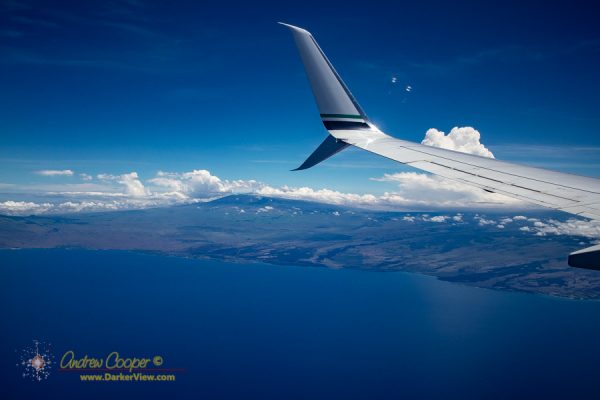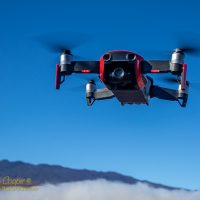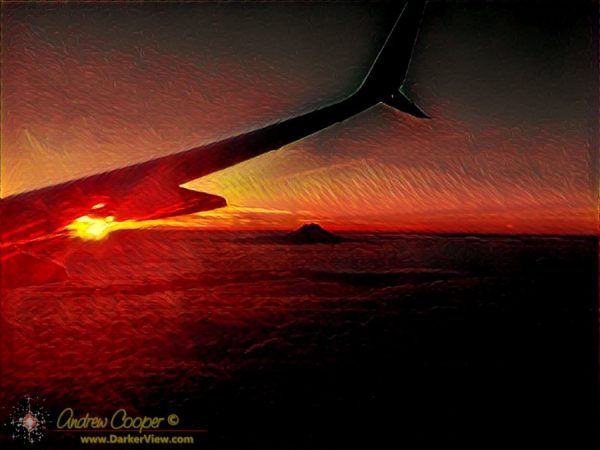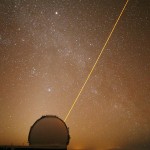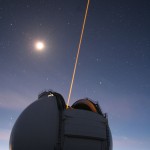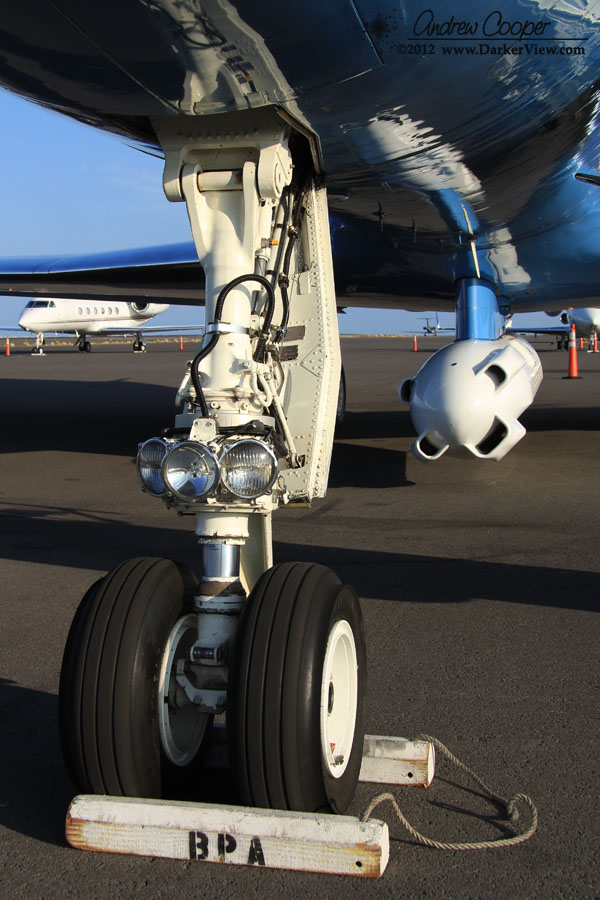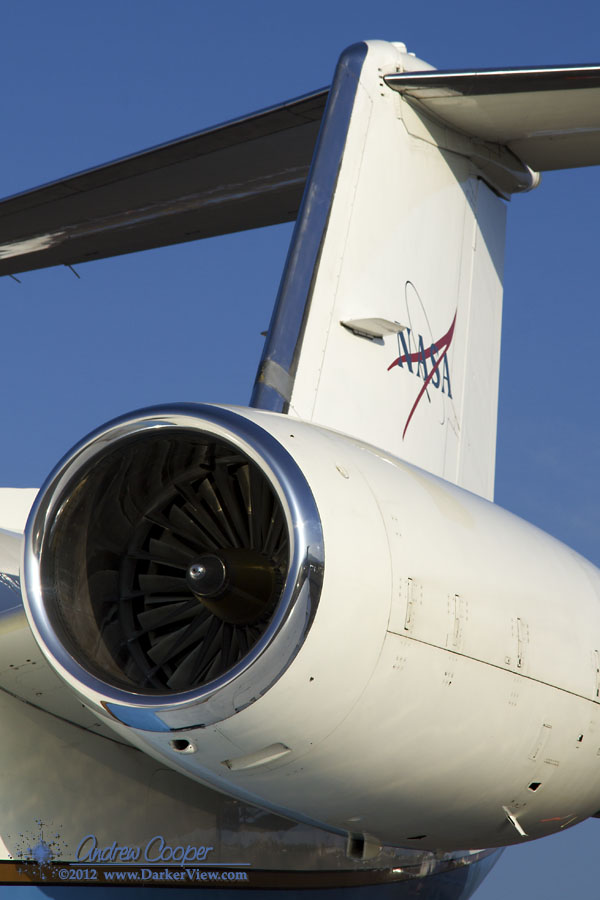I was looking for another photo and came across a few I had forgotten about. In 2002 the Collings Foundation flew several WWII aircraft into Tucson International Airport and provided tours.
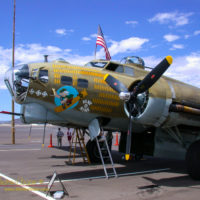
Each year the foundation took a few aircraft and toured the country, allowing visitors to tour the aircraft and for a more substantial donation provide sightseeing flights. For those who simply toured the aircraft on the ground they allowed something special, allowing guests to climb through the aircraft and see the inside.
As the airport was just a few minutes from work I had to take advantage of this opportunity. Deb met me for lunch and we headed over together to see the aircraft.
Continue reading “Nine-O-Nine”
